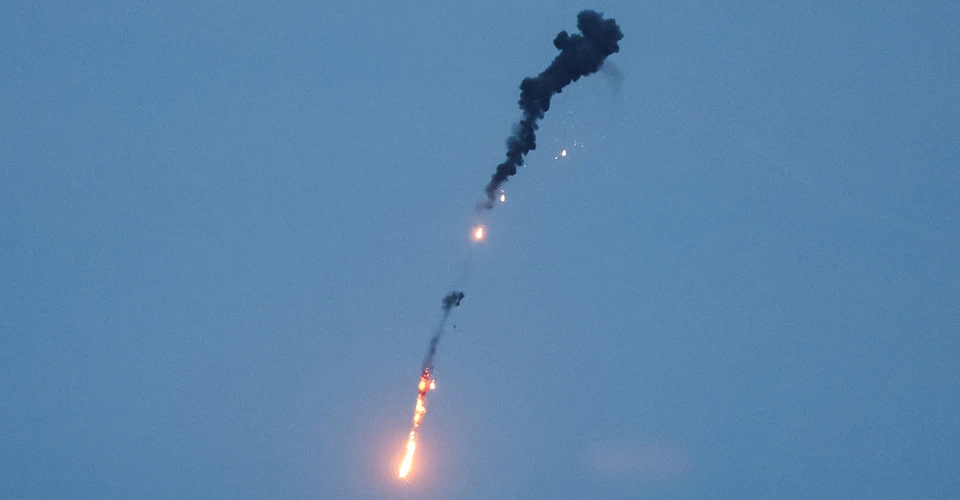
THAAD for Ukraine: capabilities of this missile defense system and possibility of its transfer
THAAD is not only a high-level missile defense system to counter intermediate-range ballistic missiles, but also a very expensive weapon.
Defense Express writes about this.
The list of weapons supposedly transferred to the United States by representatives of Ukraine's Defense Ministry contains a huge list of weapons and military equipment, in which special attention may be paid to the THAAD (Terminal High Altitude Area Defense) missile defense system.
The fact is that, unlike many other positions, THAAD has already been raised at the official level. In particular, it was mentioned back in September 2022 by the then Ukrainian Defense Minister Oleksii Reznikov, when it was not even a question of receiving the Patriot.
And the reason for THAAD's need is quite obvious - it is a complex that already belongs to a fairly powerful echelon of missile defense, designed to intercept ballistic missiles at a range of up to 200 km and at altitudes of 100-150 km, Defense Express explains.
This Lockheed Martin system uses a traditional kinetic intercept, when an anti-aircraft missile simply crashes into a ballistic missile, which guarantees its complete destruction.
This single-stage anti-missile is 6.1 meters long, has a launch weight of 900 kg, reaches speeds of up to Mach 8.2, and uses a thermal imaging sensor to guide the missile to the terminal area. The system usually integrates six launchers, each with 8 missiles.
It is based on the AN/TPY-2 radar with a 9.2 square meter digital antenna array operating in the X-band (8.55-10 GHz), which is used to detect targets and guide anti-missiles. The instrumental range of this radar, according to various sources, covers from 1000 to 2000 km.
This radar operates in a sector of about 120 degrees, so several such radars are needed for a comprehensive overview. At the same time, information about targets can be received by THAAD through a common information exchange system, for example, from satellites.
“Despite the fact that this system was developed in the late 1980s and tested in the 1990s, and has been in service in the United States since 2008, THAAD has not become widespread. In addition to the United States, which has an undisclosed number of such systems, its foreign operators are only two rather wealthy countries - the United Arab Emirates and Saudi Arabia,” Defense Express writes.
It is stated that the reason for this is primarily the cost of the complex. For example, the United Arab Emirates purchased two batteries for $3.5 billion in 2011. In 2022, it purchased two launch control stations and two tactical control stations and an additional 96 anti-missiles for another $2.24 billion.
In 2017, Saudi Arabia received permission to purchase 44 launchers, 360 anti-missiles, 16 tactical control stations, and 7 AN/TPY-2 radars at once with a maximum price of $15 billion.
At times, the export of THAAD has been the subject of extremely fierce international disputes, especially when a country neighboring Russia and China wanted to deploy such systems. For example, South Korea expressed interest in THAAD in 2013, Japan in 2015, and Taiwan in 2017. None of them resulted in exports, although Korea began deploying THAAD systems on US military bases in 2016-2017, the report notes.
For Ukraine, of course, the need for THAAD definitely exists. At the same time, the cost of this complex and the small number of available samples, which are scattered across US military bases abroad, hardly make it easy to receive it as aid, or even to purchase it.
- News













































